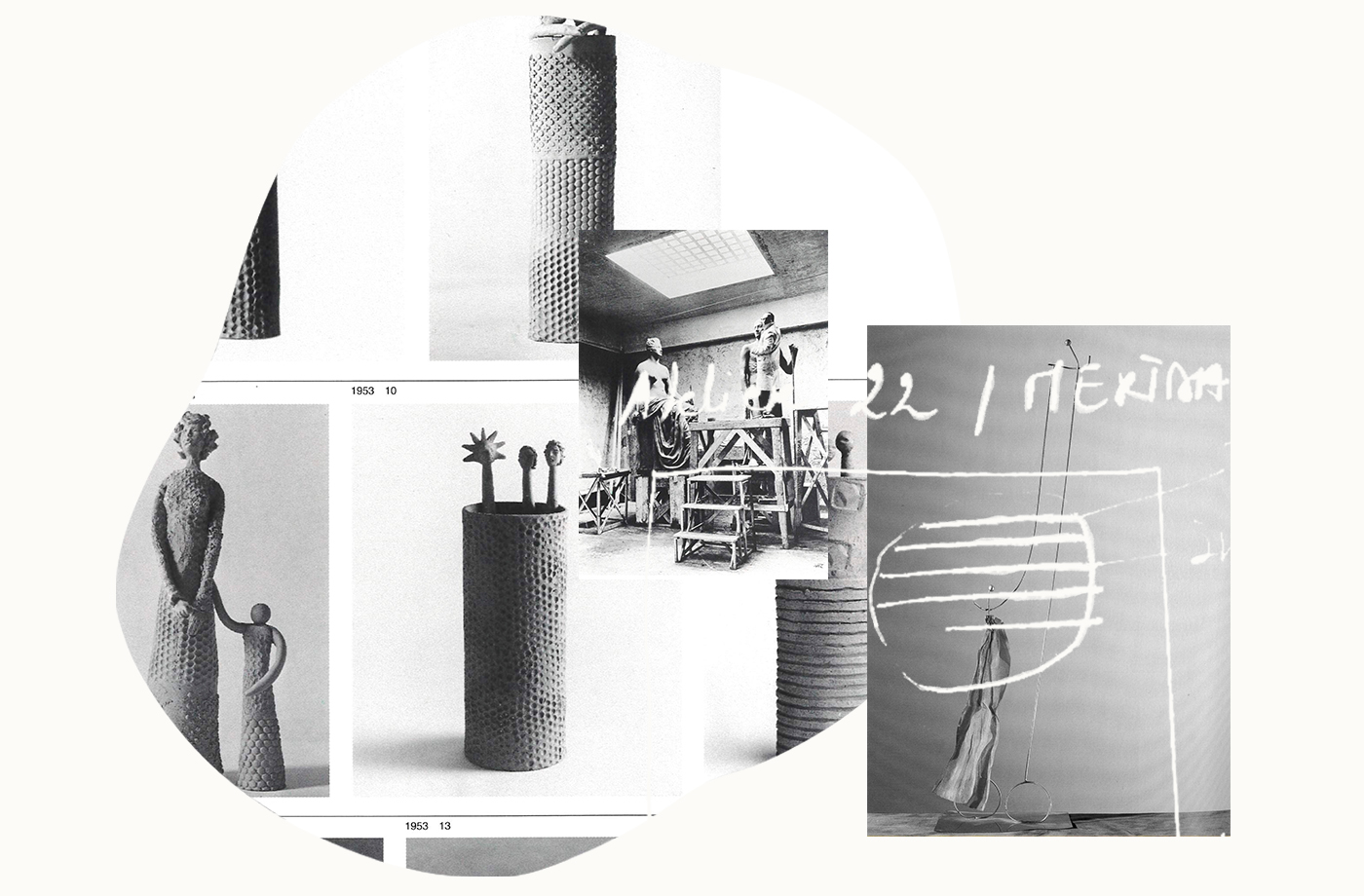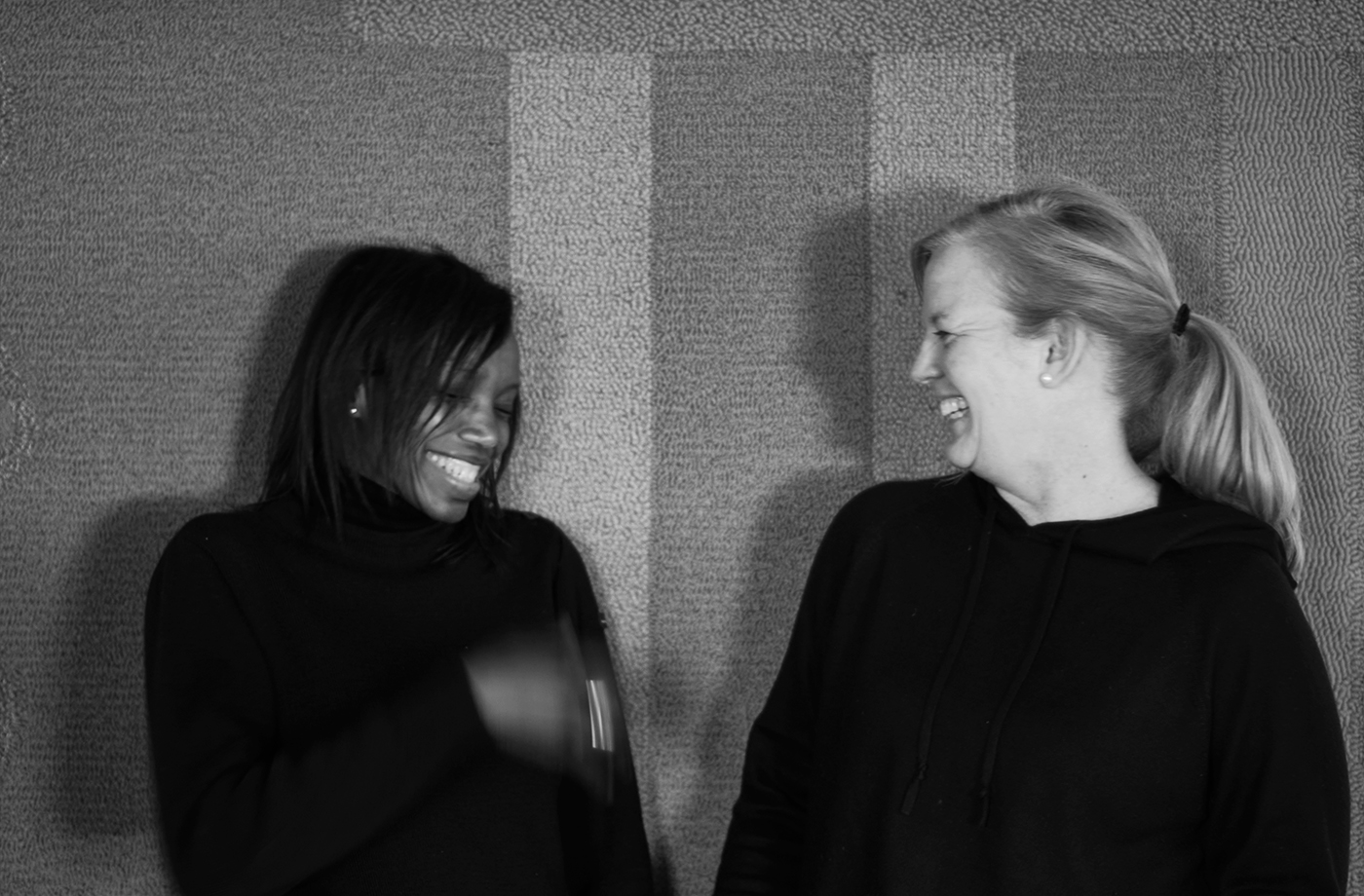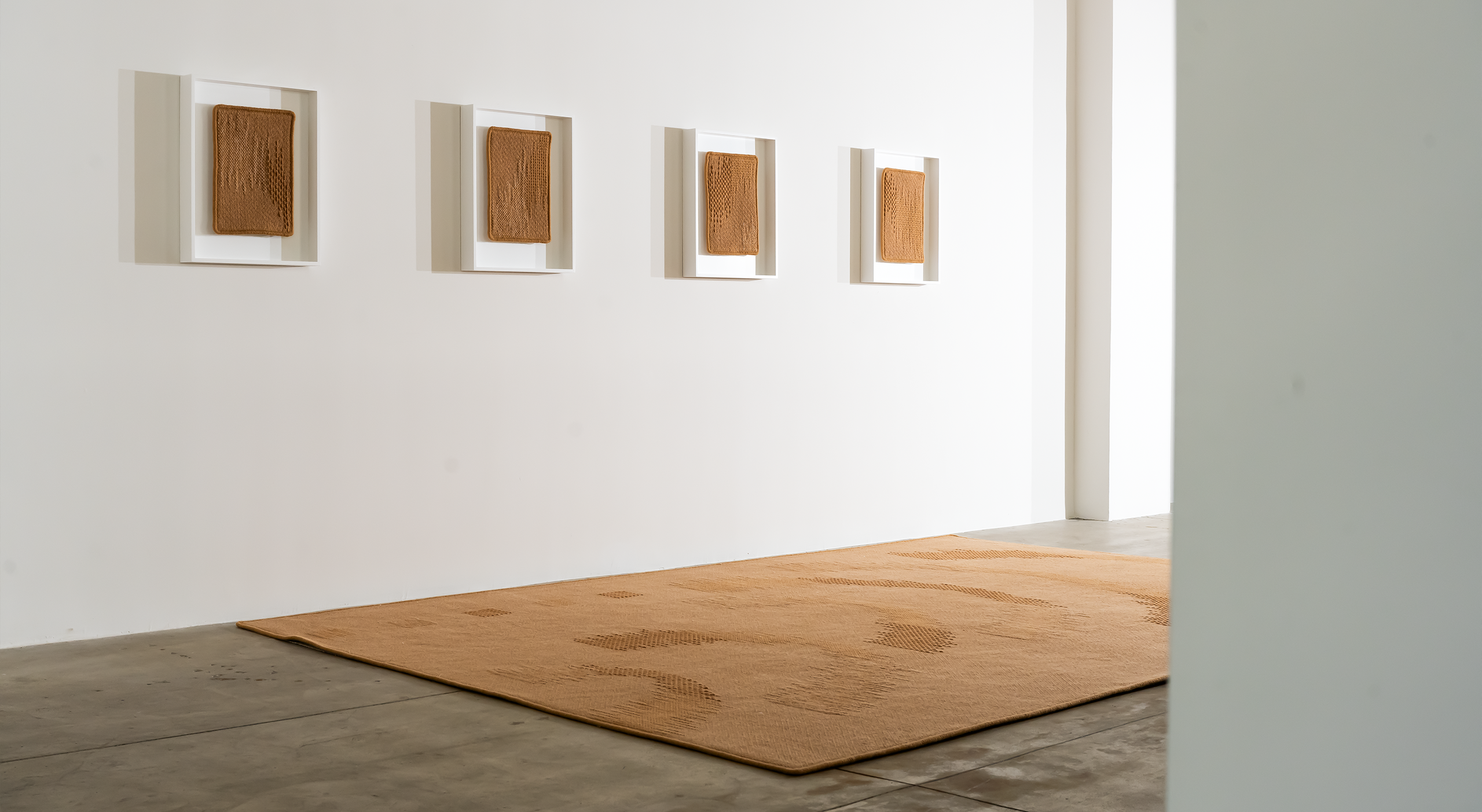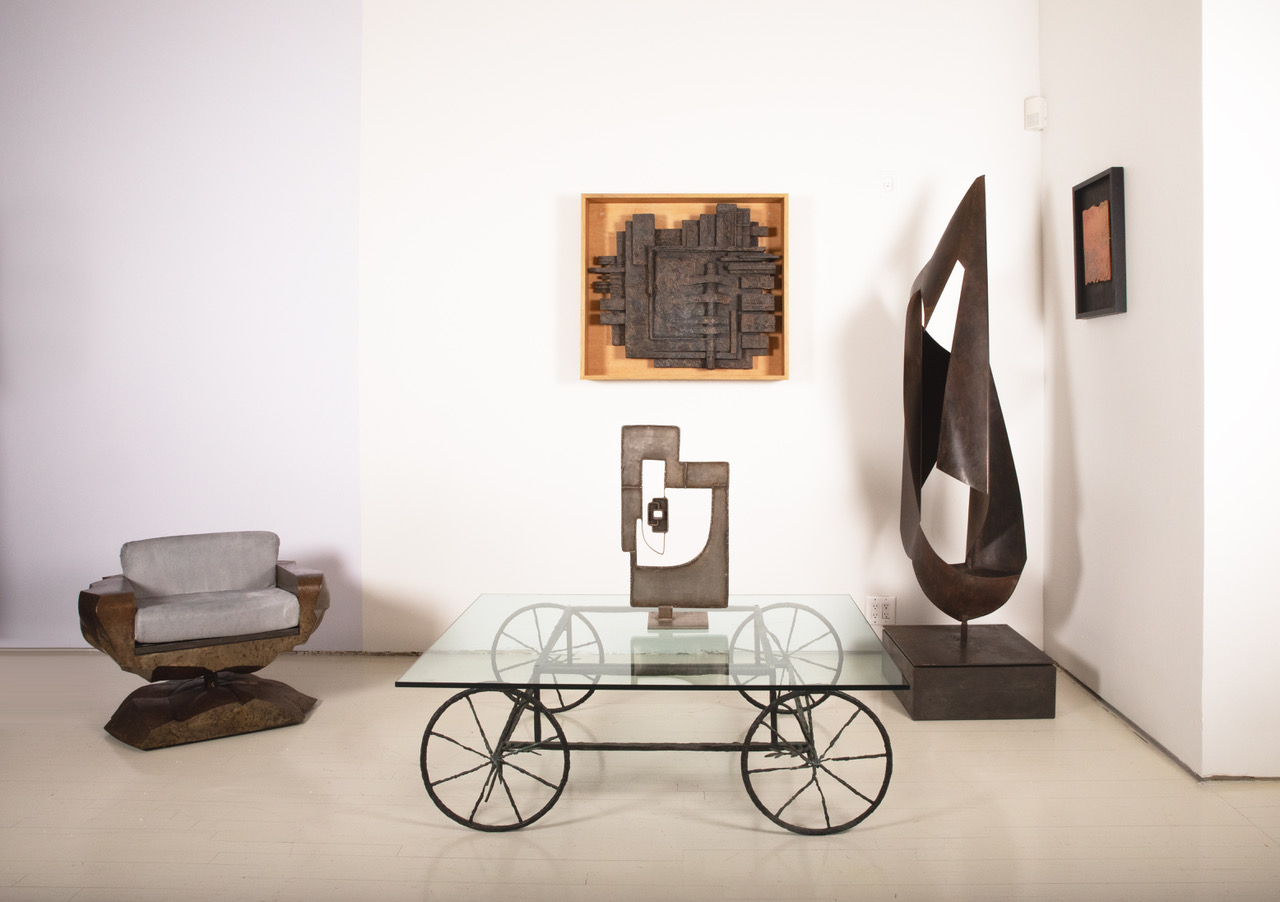The Radical Beauty of Arte Povera
“Arte Povera was a radical idea that art should have its own life and continually change… like textiles change with the environment.”
— Sylvie Johnson, Artistic Director
In part two of our interview, Merida CEO Catherine Connolly and Artistic Director Sylvie Johnson discuss the principles of the Post-War Arte Povera movement and their relevance to what Merida is doing with textiles today.
Q: You’re about to launch the new Atelier 2022 Collection, which was inspired by the Arte Povera movement that happened in Northern Italy in the 1960s and 1970s. How does Arte Povera speak to us today?
Sylvie: Arte Povera means “poor art”, which refers to the use of simple materials to create a conversation at a bigger level. The materials were commonplace but the artistic vision was highly informed by the history of art and architecture and culture. Italy had the cultural legacy of the Roman empire and the Renaissance. These artists were centered in Turin, the seat of the royal family. So while the statements they were making were radical that history and knowledge is in their DNA.
Catherine: To me, it’s the idea that beauty is essential and important to everyone. But beauty isn’t some fancy, unattainable, glamorous thing. Beauty is connection with nature. So how do you start to think about those boundaries that bog us down? Arte Povera is saying if you just transcend those boundaries and mix it up, the world looks a lot different. And so problems that seem intractable become less intractable. Can people be joyful at their work? Yes, they actually can.
Q: Arte Povera was countercultural on many levels. How does this relate to Merida’s mission to be a countercultural company that is reimagining textiles as art?
Catherine: One goal for the Arte Povera artists was to break down the hierarchy between art and craft. Artists and artisans working together. They began that conversation in the context of the countercultural 1960s, in Italy, but it’s no less revolutionary to have that conversation today in Fall River, Massachusetts. The mediums are different but we’re building on that same conversation with textiles.
Sylvie: People who know art can see the connection. Here’s an interesting story: when we did the photoshoot for the collection in the museum in Turin, we got talking to the movers who were helping us position the rugs and learned that some of them had actually worked in Arte Povera workshops back in the day. They had installed works by Mario Merz, Fabro, and Anselmo, and here they were laying out rugs that were inspired by those artists. They could see where the inspiration for the rugs came from, and understood what we were doing, because they are surrounded by art and are part of the conversation.
Q: How does the Arte Povera ethos connect with the Atelier ethos? Is there overlap in how Arte Povera artists approached art that relates to what Merida is doing with textiles?
Sylvie: The Arte Povera artists paid attention to how their gestures, actions, and even feelings would impact the materials, and how the materials would continue to change after the work was displayed. Their mantra was “Art Is Life” and they believed the relationship between nature and art freed the object from being something finite. The finished work has a life of its own, an eternal work in progress that is always changing. Something magical happens in the process that can’t be controlled, and the space where it is exhibited will also impact the experience.
In the same way, every rug we make will be unique, the result of how the yarns are plied, how they take color, how the yarns will arrange themselves on the loom. We make the rugs monochromatic to allow all those layers to reveal themselves. Then, the physical act of making the rug, where the weaver becomes part of a chain of gestures that creates the finished piece. Every gesture makes that rug unique and when the rug is placed in the room, the room will change it as well. It becomes a piece of living art, always changing, and that is what Arte Povera was all about.
Explore the Arte Povera-inspired rugs here and visit the Merida Gallery at the New York Design Center to see our current textile exhibition, “Arte Povera: Art Is Life.”







